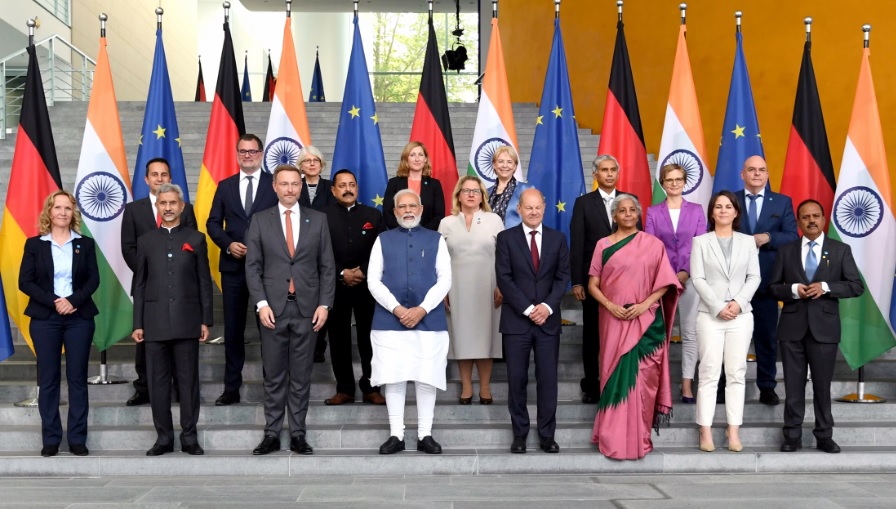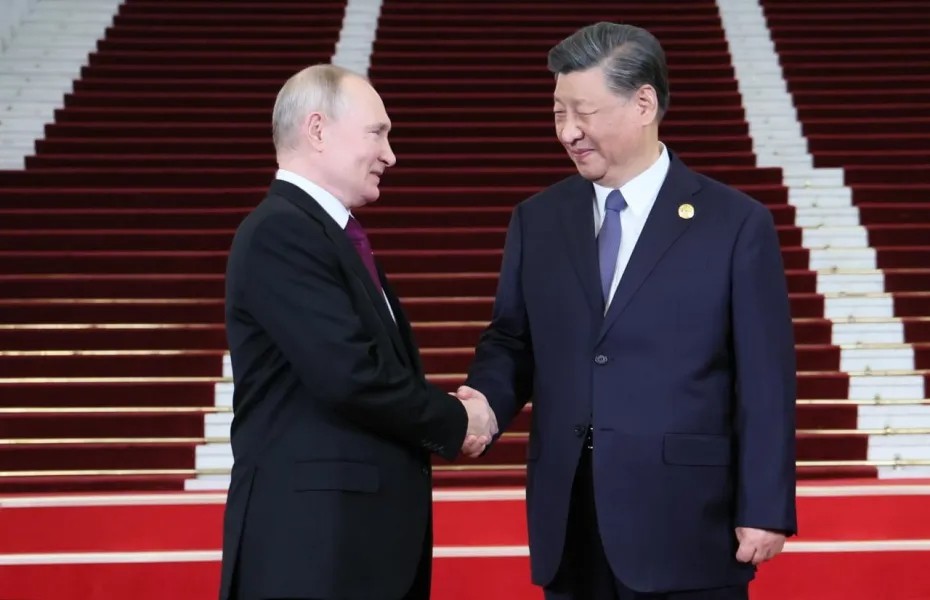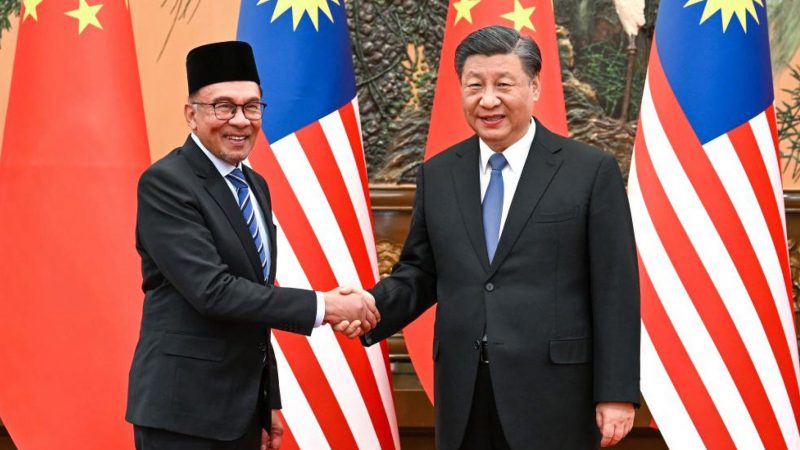The BRICS alliance could be set to add $3.6 trillion in GDP with its latest expansion focus. The grouping is seemingly targeting Southeast Asian countries as its next members. Moreover, them joining the grouping could have massive implications on the global economy, and the bloc position.
According to recent data, the ASEAN nations sported a collective GDP of around $3.67 trillion. That figure has been growing for several years. Subsequently, the region is looking into joining the alliance as it is likely to continue expanding its membership.


Also Read: BRICS: 2 New Developing Countries Apply To Join Alliance in 2024
BRICS Wants ASEAN Nations as GDP Could Surge
The Association of Southeast Asian Nations was first created in 1967. Comprised of Brunei, Cambodia, Indonesia, Laos, Malaysia, Myanmar, the Philippines, Singapore, Thailand, and Vietnam, it has been a prominent alliance. Since 2019, that group has seen its GDP increase, and that trajectory is forecast to keep increasing until 2029.
That could be a massive benefit to the BRICS bloc, as they are looking to add its $3.67 trillion to its GDP in their latest expansion shift. Earlier this week, Bloomberg reported that several “Asia leaders” have sought entry into BRICS. Additionally, such a move would be a massive win for the grouping.
Malaysia and Thailand have emerged as front-runners, announcing plans to be included in the bloc. Moreover, the report notes that the region is “keen to join a group seen as a hedge against Western-led institutions.”


Also Read: BRICS To Use Gold And Oil Production To Dethrone US Dollar
The Atlantic Council’s Geoeconomics Center recently discussed de-dollarization, noting that it has yet to prove immensely important, but is also undeniable. “A gradual democratization of the global financial landscape may be underway, giving way to a world in which more local currencies can be used for international transactions,” analyst Hung Tran said.
“In such a world, the dollar would remain dominant, but without its outsized clout, complemented by currencies such as the Chinese renminbi,” and others. This is likely the reality ASEAN nations seek. The bloc is implementing measures to strengthen its currencies. Especially while they diminish the prevalence of the US dollar.
BRICS is likely to grow for the second consecutive year. In 2023, it saw Iran, Egypt, Ethiopia, and the United Arab Emirates (UAE) became the first expansion countries in more than 20 years.





